Welcome to the Character Column! Each week, I’ll be taking a look at a different character from Nintendo’s long and esteemed history, and I’ll analyze what makes them interesting, nuanced, or just plain memorable. Whether they’re heroes, villains or NPCs, I’ll explain why they deserve respect or love from the fanbase and a place in video game history.
Last week we covered one of my favorites: Hector, of Fire Emblem fame. And this week, to celebrate another big release – this time for Zero Time Dilemma, the final chapter in the Zero Escape trilogy, we’ll be examining the series’ antagonist: the one simply known as Zero.
I love the Zero Escape series. The games are an interesting hybrid of visual novels and point and click puzzle-adventure games, combined with stories that go from “mildly intriguing” to “completely bonkers” by the very end. I also enjoy how they’re fully entrenched in their medium – the ZE series can only exist as a video game, and in any other media would lose a lot of what makes it special and interesting. Given that ZTD just came out (and I haven’t had a chance to pick it up, unfortunately), we won’t be discussing the particulars of that game. However…
Warning: MASSIVE Spoilers for both 999 and Virtue’s Last Reward to follow! Read at your own risk!

Phew. Now, let’s examine what makes these games tick, shall we?
999 – The obviousness of unobviousness
Nine Hours, Nine Persons, Nine Doors (commonly abbreviated as 999) opens simply enough. A young college student named Junpei has been kidnapped by a mysterious interloper in a gas mask and hood, and suddenly finds himself waking up on a ship rocked by an explosion. After escaping the quarters that are slowly filling with water, Junpei runs into eight other individuals – including his long lost childhood friend, Akane – who have found themselves as part of something called the “nonary game.” At this point, Zero, the kidnapper, comes over the intercom and explains the situation. This is the first – and really, only – instance in which Zero interacts with the group.
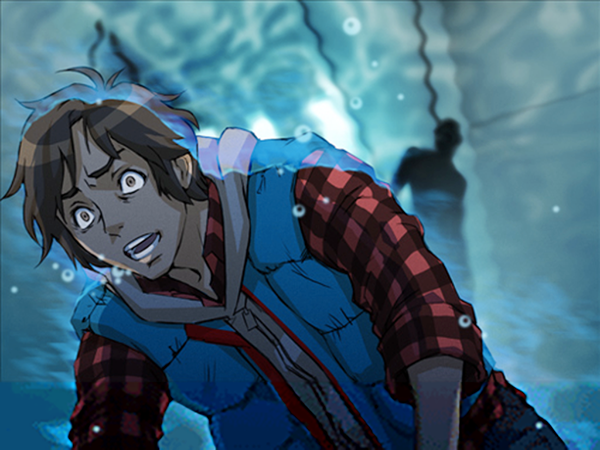
When portraying villains like this, who are enigmatic and above the fray, writers seem to choose one of two depictions more often than others. One is the sort of taunting, blithe individual who relentlessly mocks his captors, giving an air of confidence and madness (a good example of this is Monokuma from Danganronpa). The other version is a villain of menace and terror, who attempts to intimidate their captors into fear, submission and giving up. Both types have memorable examples and can work in the hands of decent writers.
The interesting thing about Zero is that he doesn’t quite fall into either camp. While he certainly leans towards the latter, being fairly humorless and direct, he also doesn’t seem to focus on intimidation with his speech. While he has thrust his captives into an awful, terror-filled situation, he prefers to show the horror rather than tell of it, as seen in the gruesome fate of the “Ninth Man” only a few minutes in.
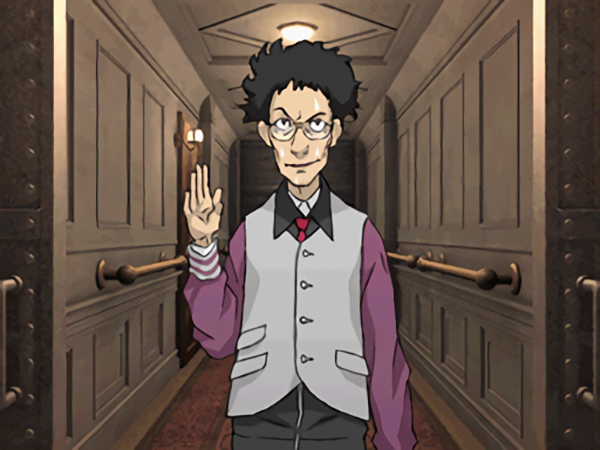
While trying to cast a character like this as mysterious can often lead to sketchy results, this is a fantastically done example. After this instance, Zero never pops in randomly to comment, never gloats about his success, never says anything of note beyond his initial instructions. He’s not overplayed; he shows up no more than he needs to, and as a result the air of intrigue surrounding his identity is legitimately interesting. His simple getup of gas mask and hood helps, too: distinct enough to be memorable, and dark enough to be a little disturbing. As the game goes along, you begin to wonder… who is he, really?
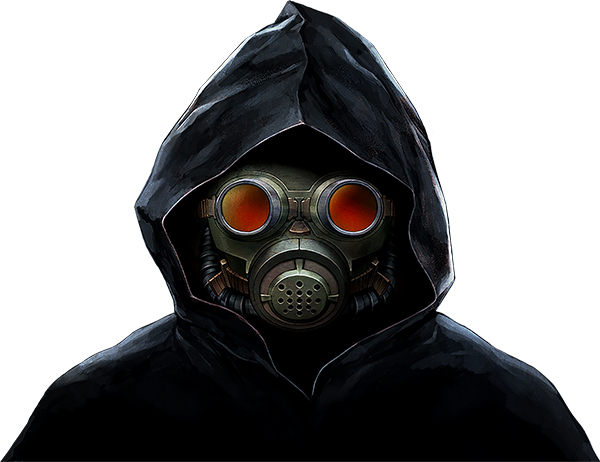
It doesn’t take long for a theory to pop up. After watching her brother Snake (supposedly) die, Clover, another captive, grows reticent. Eventually, she pipes up with a startling idea: that Zero is one of them, who has joined in the Nonary Game only to mask their identity further. As debate springs out, the player is left with a new set of theories to contemplate.
Now, to speak from a personal experience, which may not be the same for everyone, there was one person I immediately suspected. Akane. It was a case of guessing for what would be the most shocking plot twist – surely revealing that the protagonist’s childhood friend and would-be lover was in fact the one responsible for his and the others’ current predicament, right? Not to mention certain details of her past were sketchy to begin with. From then on until the end of the game, I kept this suspicion.
But it didn’t take long for that suspicion to be thrust to the back of my mind. Because the plot of 999 is… crazy, to put a word in. Talk of psychic fields, kidnapping incidents from years before, and parallels to the Titanic are just the tip of the iceberg (heh). While some paths end with only death for poor Junpei, others begin to reveal startling revelations – like the fact that the Nonary Game was performed once before, nine years earlier. (In case you couldn’t tell, the number nine is rather important thematically.) And what’s more, just about everybody kidnapped for this iteration has some connection to the previous one – Snake and Clover were participants, Seven was a detective sent to find the missing children, Lotus’s kids were also victims… eventually, it’s not a case of questioning who was involved in the previous Nonary Game, but a matter of how they connect to the past.

Eventually, a startling reveal takes place. Ace, the genial, grandfatherly quasi-leader of the group, is in fact Gentarou Hongou, the very man who committed the first Nonary Game years before. While this path too leads in failure, Junpei (and by extension, the player) has learned a lot of information… but how does it help? By taking another path, Junpei suddenly recalls things he shouldn’t know, and a new path forward (littered with a few more puzzles) opens up. At this point, the game points to Santa, another captive, as the likely man behind Zero’s mask. More reveals happen and…
Well, it’s rather difficult to properly explain the exact nature of what happens next. The simplest way to describe it is as one of the greatest twists and uses of game interface ever. Until this point, Junpei’s thoughts have been all on the upper screen of the DS, while the bottom screen contained third person narration. But at one point, as Junpei wonders how he knows things he should not, the bottom screen utters a single line:
“He knew because I knew.”
It’s revealed that the bottom screen is in fact someone from a different point in time, utilizing the morphogenic field (basically ESP) to see Junpei across multiple timelines and relay this information. And who is this person but Zero? No… someone described as “less than Zero.” A young Akane, who – along with her brother Aoi – was a participant in the Nonary Game, has contacted Junpei across the boundaries of time and space because she was seconds away from dying, and she needs his expertise to solve a puzzle. It’s… a sudoku, but hey she’s an elementary schooler. Though I can’t think of many life or death situations that revolve around those…
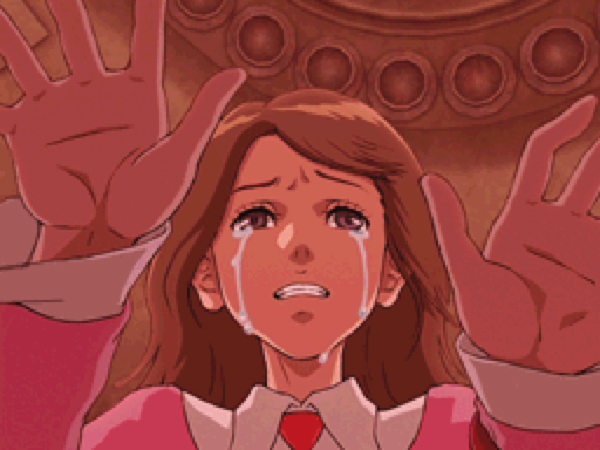
Here’s the thing, though. By contacting Junpei’s future self that is stuck in a very similar situation to her own, Akane needs to make sure a time paradox doesn’t happen. So to that end, she needs to recreate the situation that ensued (the morphogenic field only works in intensely similar situations) with the help of her brother (who turns out to be Santa) – whilst simultaneously taking revenge on the people who put her and the other kids in danger in the first place (Hongou and the rest). To that end… she is Zero.
Here’s the thing. I saw it coming. I had seen it coming for nearly half of the game… and then some. And I was still shocked. Why? Because of the absolutely insane journey to get to that point. It wasn’t as if they plopped Akane down in a room, had her swirl around some cognac, and reveal herself to be the villain while making a grandiose speech – in the frame in which she’s revealed to be Zero’s true identity, it almost feels like an afterthought to all the madness happening around. She’s orchestrated all this – death and dismemberment and multiple timeline screwery involving revenge plots and meticulous planning – all to solve a sudoku puzzle.

Isn’t that wonderful?
There’s also a great bit of foreshadowing for this, at least in the Japanese version. There, Akane’s codename is not June, but rather Murasaki. This is because Mu comes from the word for six, and murasaki means “purple” (in reference to her outfit and eye color). However, Mu is also the translation of the Chinese Wu, the Buddhist notion of nothingness – in other words, zero. (EarthBound fans may recognize mu from that one part with Poo in Dalaam).
The most interesting thing is that this reveal simultaneously paints Akane as more villainous and Zero as more sympathetic. While she’s working for a good reason, she is also taking revenge on all who wronged her in cold blood: not via humiliation, but rather through horrible, horrible death. The game’s director, Kotaro Uchikoshi, mentioned in an interview how he wanted to paint her as the “worst heroine”… and to a certain extent, I think he succeeded. She’s certainly an interesting anti-villain, if nothing else.
Virtue’s Last Reward: Hare to the throne
The sequel to 999, Virtue’s Last Reward, starts off both very similarly and very differently. At a glance, the protagonist, Sigma, doesn’t seem a far cry from Junpei, also being your average college student who finds himself in the midst of the Nonary Game (though the rules this time are a little different). And once again, the one who has trapped him and the other participants is one who calls himself Zero… III. Zero the third.
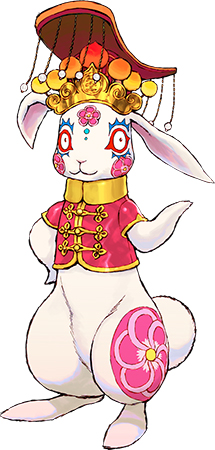
Remember how earlier we talked about how the above-the-fray villain tends to have two archetypes? Well, Zero III definitely falls into the other category. Looking like some sort of vaguely Eastern rabbit, and admitting to being an artificial intelligence, this iteration of Zero has a much more hoppy, playful tone to his antics. He manages to pull it off rather well, if only due to the bevy of rabbit puns he has in store. And, much like his predecessor, he isn’t overplayed – while he shows up a fair amount in the early bits of the game, he drops off entirely in later sections, to the point where fast-forwarding in later playthroughs will likely skip most or all of his dialogue.
As opposed to the first Zero, this one is not the perpetrator of this round of kidnappings, but rather a creation of the true culprit: Zero Jr., if you will. And unlike in 999, there’s no “obvious due to unobvious” choice – while Phi is the game’s rough counterpart to Akane, her difference in attitude and relative competence and importance to the plot make her seem suspicious – and therefore, unlikely to be him. And while plenty of the other victims of the kidnapping have their own secrets – all of which are revealed in due time – none strike a chord as particularly Zero-esque.
Thus, while 999 was a game that made the twist easy to see coming – only to blindside you with twist upon twist to make that reveal seem almost like an afterthought – Virtue’s Last Reward is a game that does a bit better at obscuring that. At least, to me. I’m sure there were plenty of folks who saw this one coming, but my experience was much less clear than the previous game.
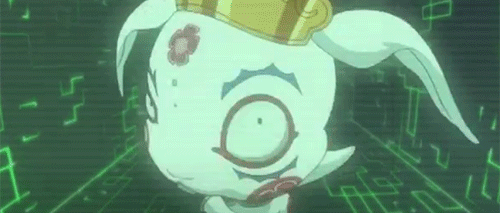
And, once again, even if you had seen Zero’s true identity coming… it would hardly matter, because I don’t know how you could possibly see the ultimate plot of VLR without the gift of clairvoyance. While I was able to somewhat sum up 999’s plot in a tidy manner, I don’t know if I’m able to do the same here, so I’ll just offer some bullet points. (And if you really haven’t played this game, don’t look further!)
- The game takes place on the moon after an earthen apocalypse, far in the future. Most people died.
- Akane is also somewhat responsible for these events, but only assisted Zero
- Tenmyouji, the old guy, is actually Junpei, and adopted Quark while looking for Akane after 999
- Luna is a robot with an interesting moral and philosophical outlook
- Dio is an insane cultist who wants to blow up everything
- K is a clone of Sigma in some body armor
- Clover, Alice, and Phi were all cryogenically frozen
- Weird time shenanigans with the morphogenetic field and boomeranging and ???
- Somehow all of this makes perfect sense in the context of the story
- They cliffhang the plot SO HARD for the love of
Ahem.
In any case, Sigma eventually sees the true face of Zero Jr. And it’s… some old guy wearing an eyepatch. Weird. Who could it be? Well, as it turns out… it’s Sigma himself. Yeah. Didn’t see that one coming. The explanation for this is long and complex, and involves more time travel pseudoscience nonsense that I can’t help but love every minute of. In short: He did it to save the world in the past. Sort of. It’s… very, very complicated. But the twist is very cleverly done, as you technically don’t see Sigma’s face all game long except for the very beginning, and he’s also the only character without voice acting – moves that at a glance appear to be ways to invest the player more in Sigma’s position, but are in fact clever disguises for Sigma’s true self.
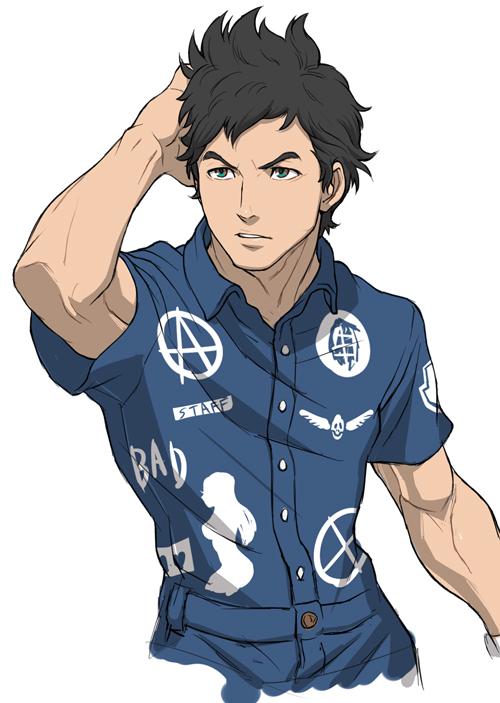
But once again, the fact that Sigma – the protagonist the player has suffered through dozens of bad endings with – is Zero is not the biggest shock. By the time you find out, really, you’re still recoiling from the seismic plot activity of… well, just about everything else the game has to offer. And also once again, the motivations and actions of Zero are justified, but that doesn’t completely absolve him of crime. A necessary evil, if you will.
Zero escapes
While I haven’t gotten around to Zero Time Dilemma yet, I’m sure it will be just as fascinating and insane of a ride as its predecessors. And I’m also sure that this iteration of Zero will be interesting and varied beyond belief. While we’ve technically examined three different characters today, the characters unite under a common mask, and a common theme – that revealing the villain for who he really is isn’t always the most important aspect to a story. But that doesn’t mean it isn’t interesting in its own right.
Thanks for reading this week’s Character Column! Next time, we’ll be having a special edition, as we take a look at the various Pokémon rivals throughout the years! Until then!
Leave a Comment“I’m not really Zero. Not yet. Perhaps you could say I am… less than Zero.”
– Akane, as the third-person narrator, hinting at her identity


